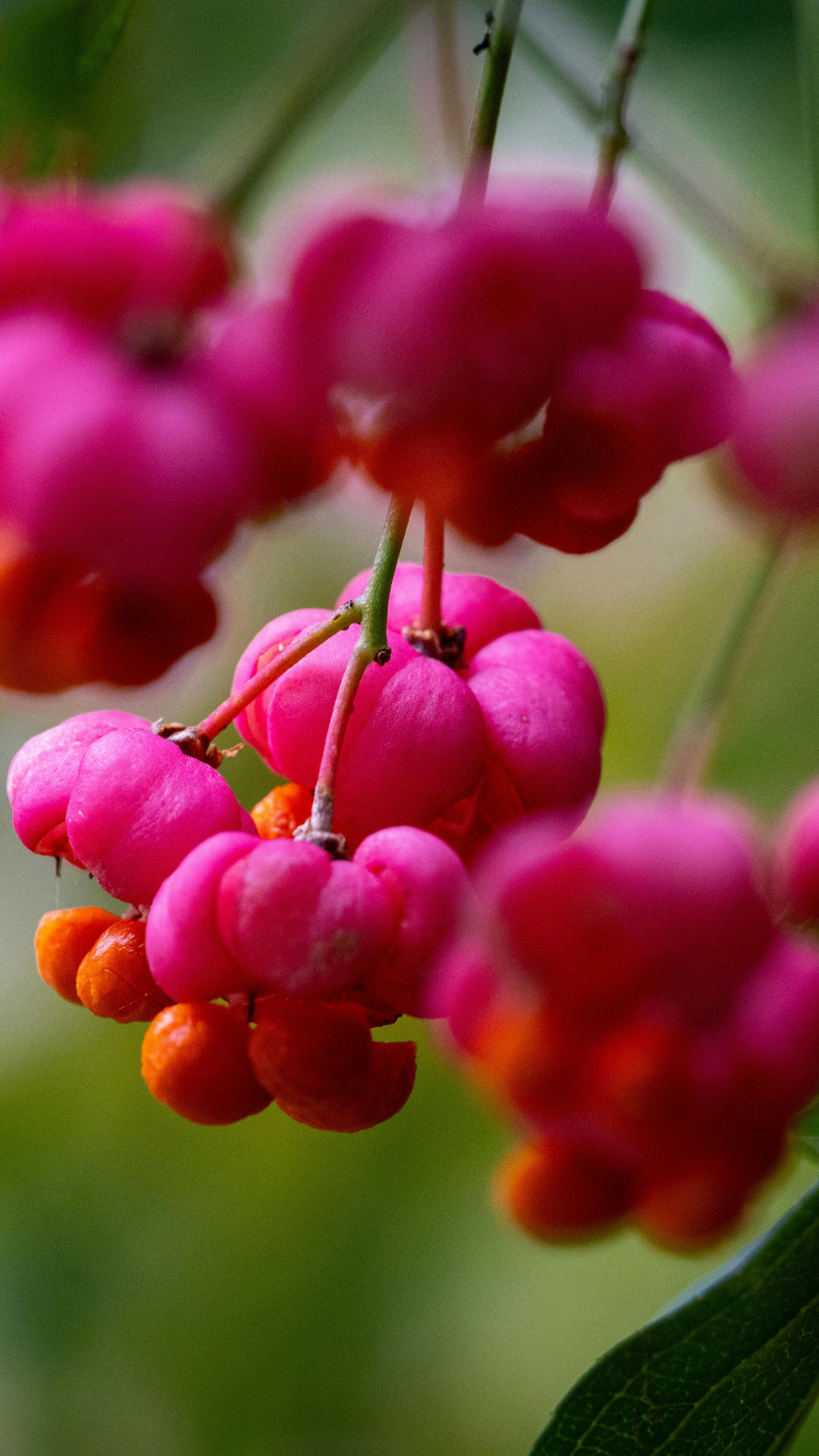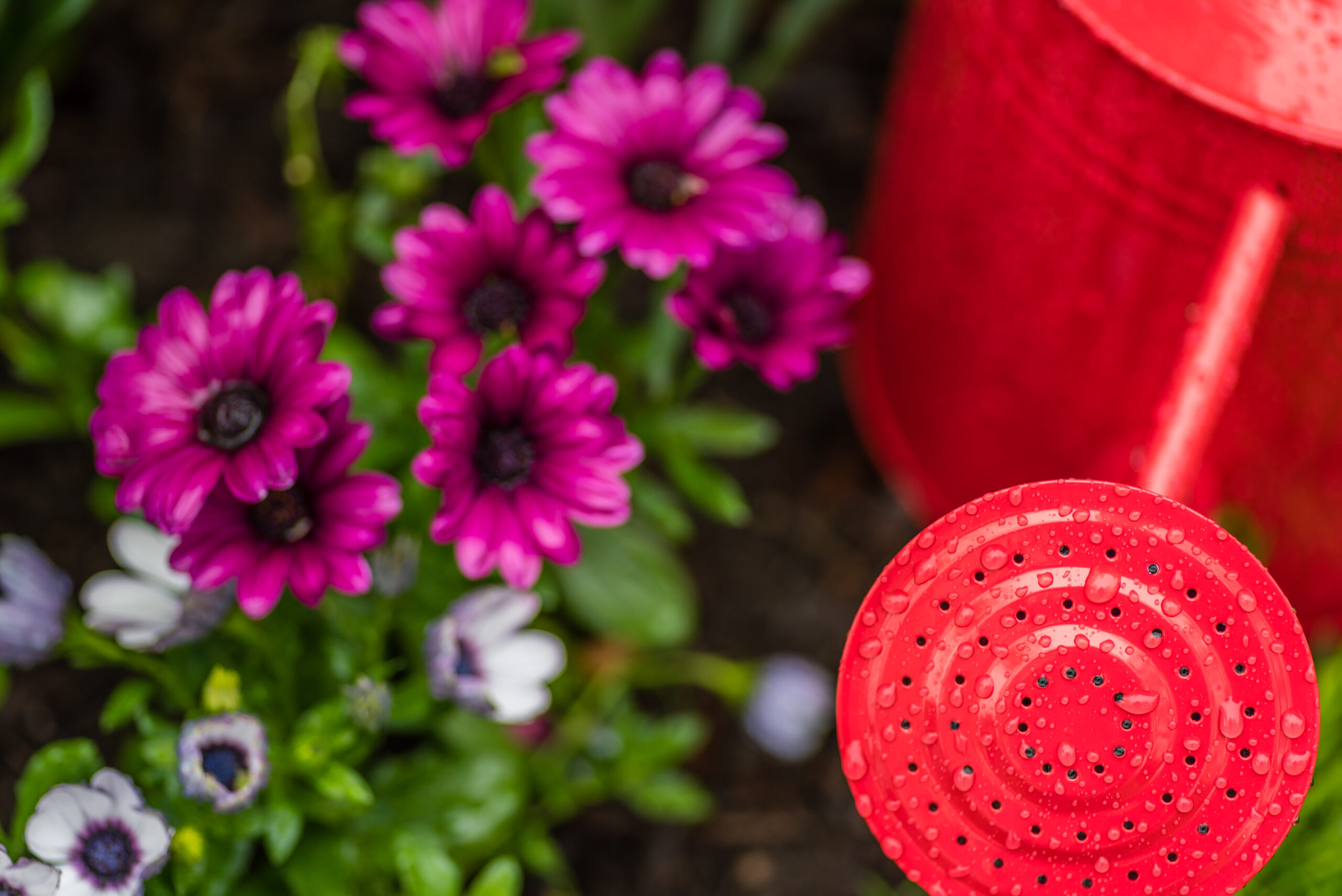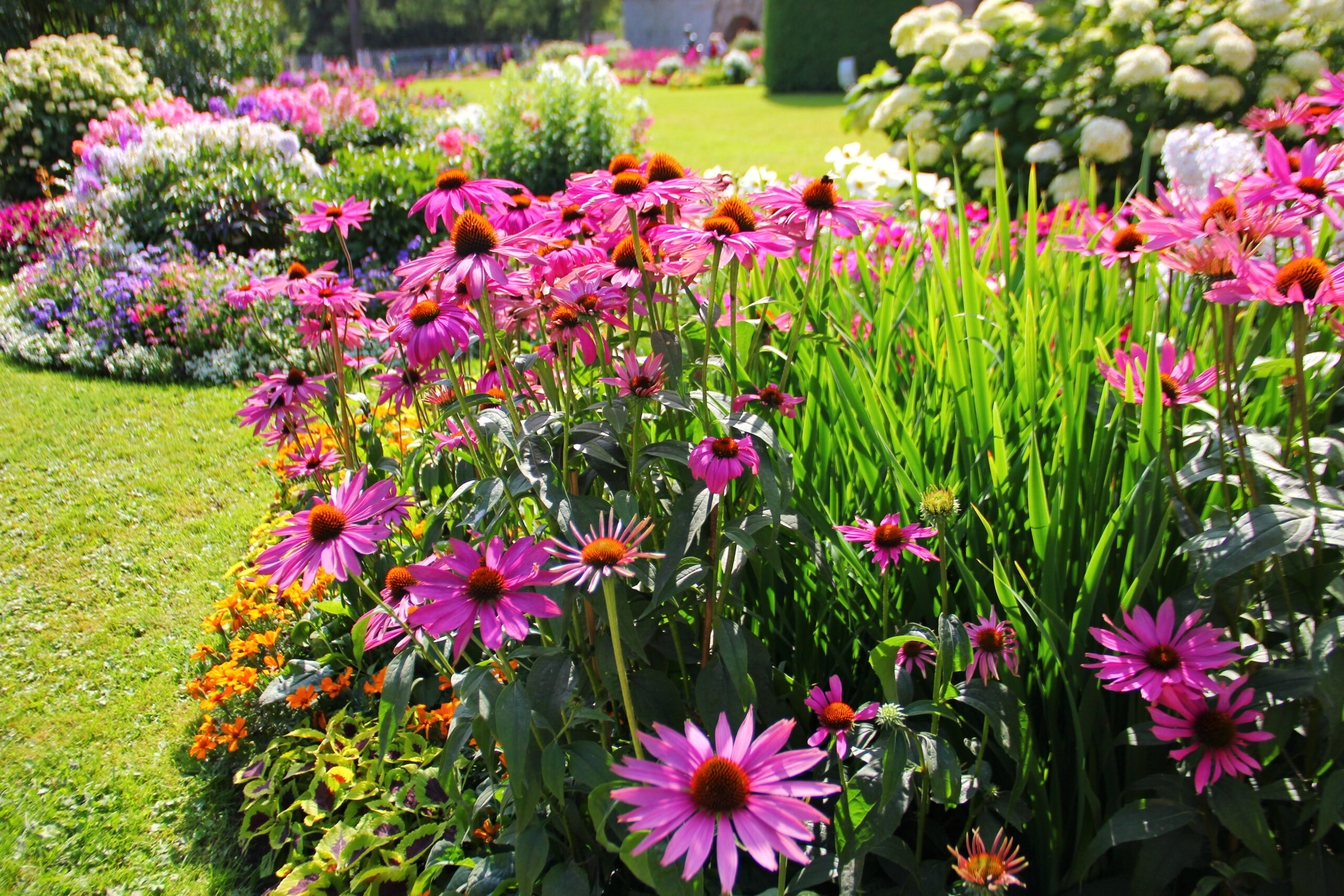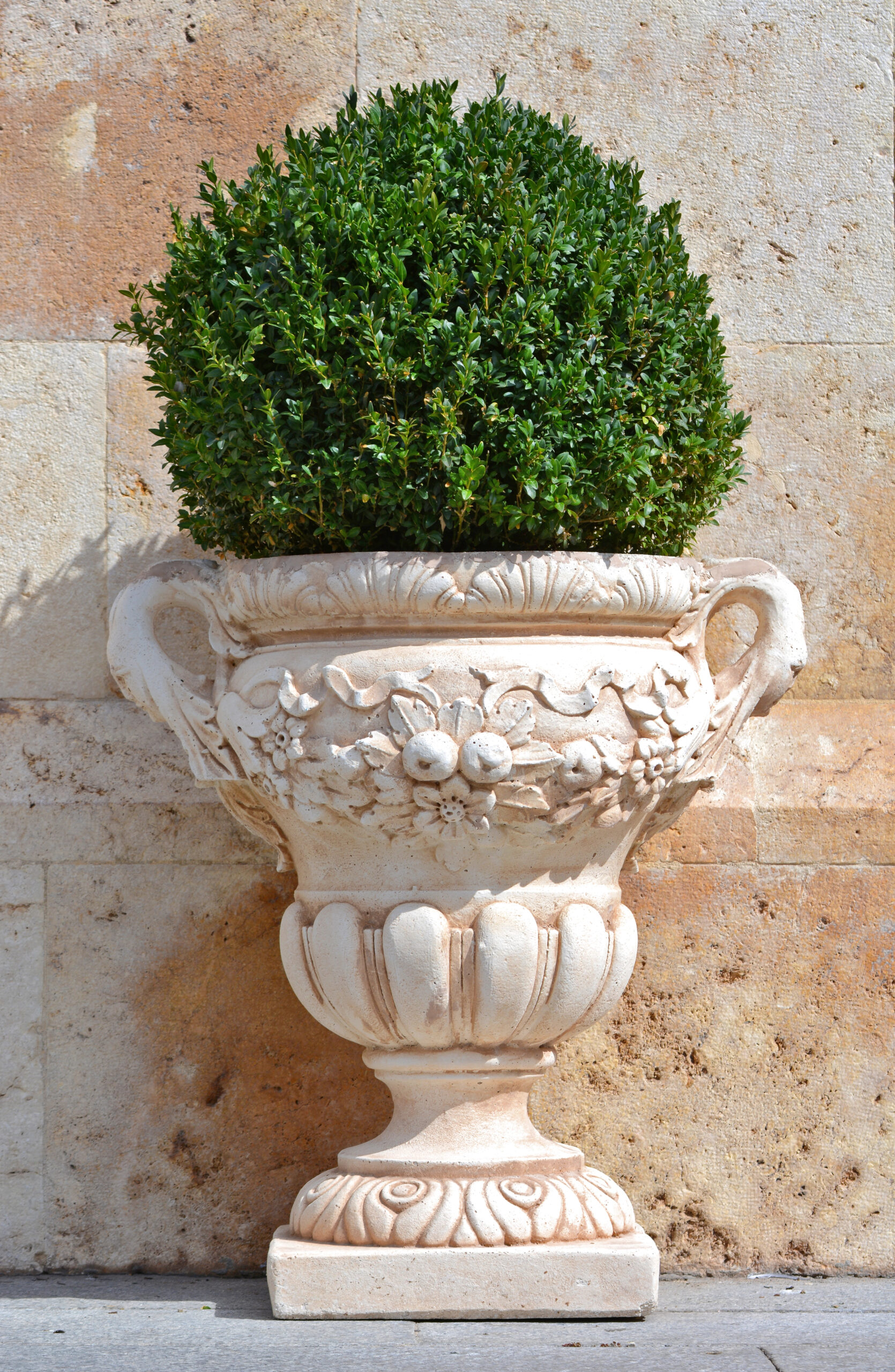When the garden goes quiet and gray, it’s easy to assume color is gone until spring. But winter has a way of surprising us. Think of red berries clinging to bare branches like leftover ornaments, or stems that glow scarlet against snow. Even the bark of a small tree can suddenly look like it was meant for the spotlight.
Adding winter garden color isn’t about faking summer — it’s about finding joy in what the season naturally offers. And yes, even if you’re working with a patio or a few pots on the porch, you can still have a garden that makes you smile on the darkest days.
Berries: Nature’s Last Holiday Decorations
Berries are the easiest way to sneak color into winter. They hang on long after everything else has called it quits, like the garden forgot to take its party lights down. For more ideas on using trees and shrubs as anchors, see our guide to winter garden structure.
-
Winterberry holly (Ilex verticillata) is the classic red-berry star. Normally you’d need a male and female plant to get fruit, but good news — there are self-pollinating cultivars like ‘Red Sprite’ and ‘Berry Poppins’. Both stay compact, topping out around 3–5 feet — perfect for borders or large insulated containers.
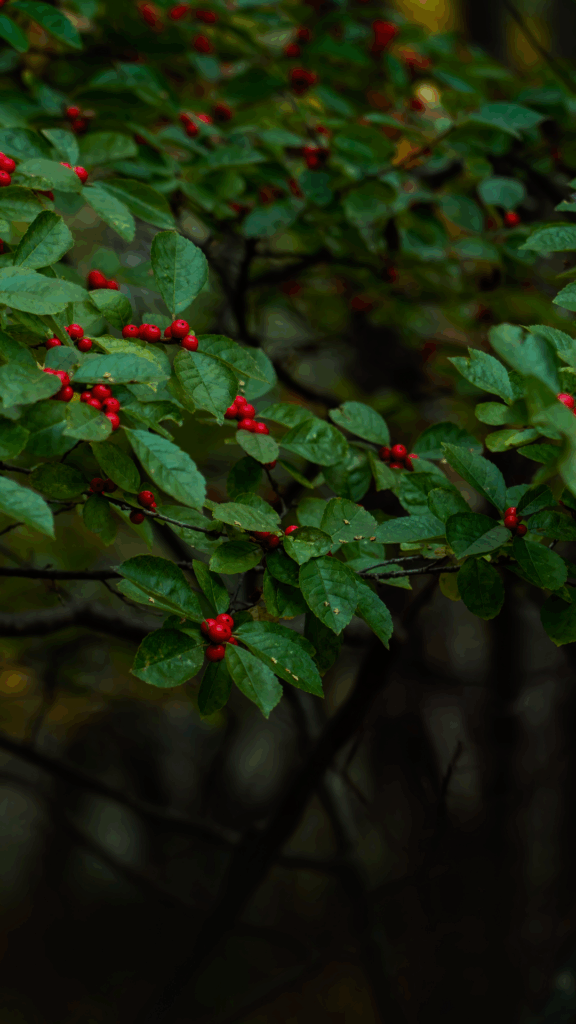
-
Beautyberry (Callicarpa dichotoma ‘Early Amethyst’) is the show-off — its violet berries look like they belong in a fairytale. Better yet, this variety stays neat at 3–4 feet tall.
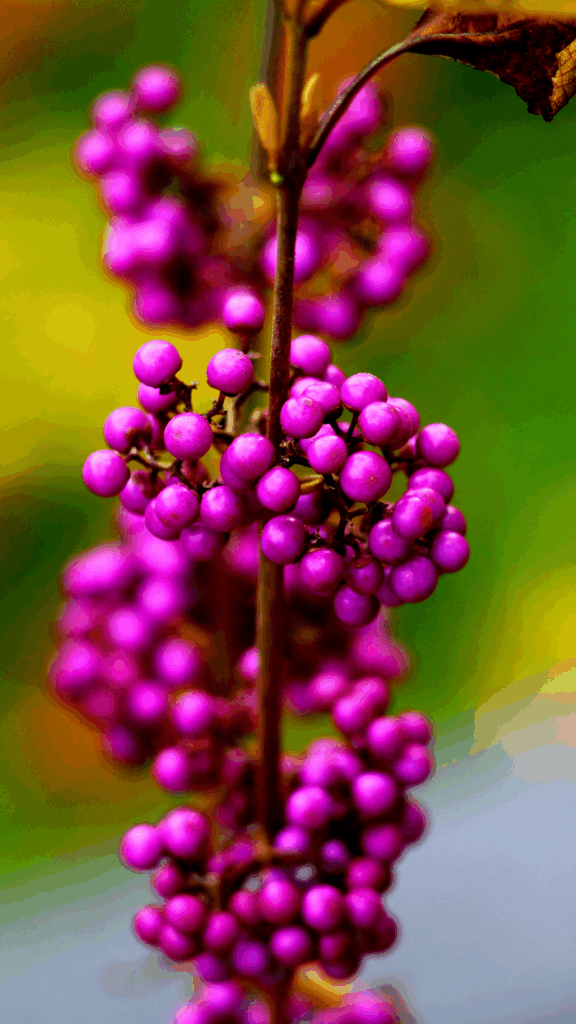
-
Dwarf crabapples like Malus ‘Tina’ carry clusters of fruit through winter on a tree that stays under 8 feet. Just keep in mind they’ll need a very large container if you plan to pot them up.
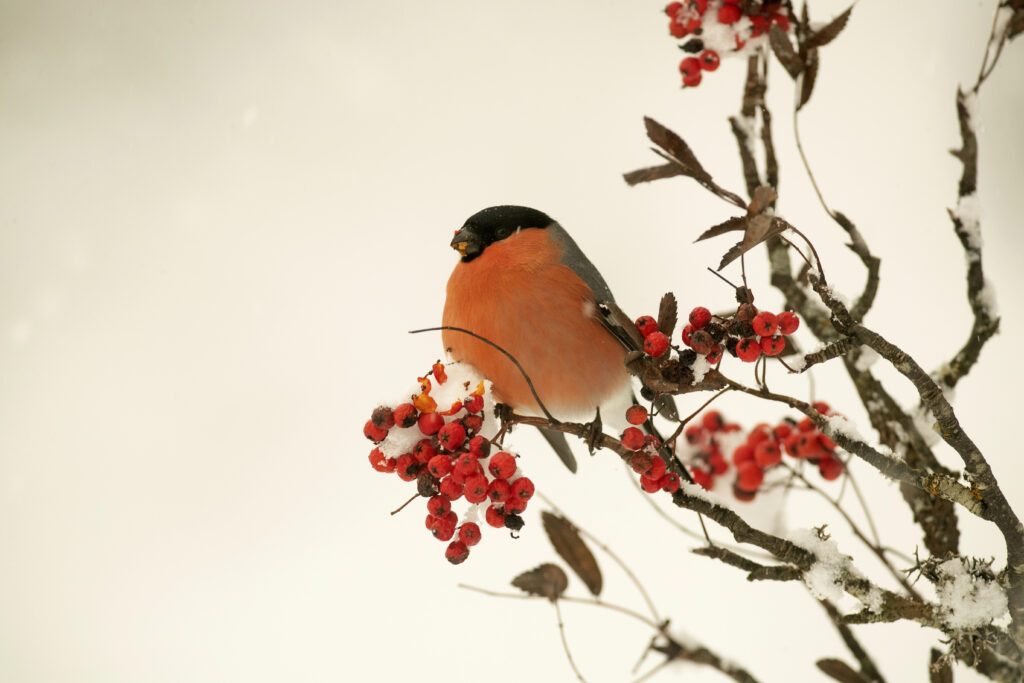
Bark: The Understudy That Steals the Show
When leaves drop, bark finally gets its chance to shine. Some smaller trees put on a surprisingly glamorous show once winter strips them down.
-
Paperbark maple curls back in cinnamon ribbons, glowing warm on the coldest days. It grows slowly and tops out around 15–20 feet, making it manageable for many small gardens.
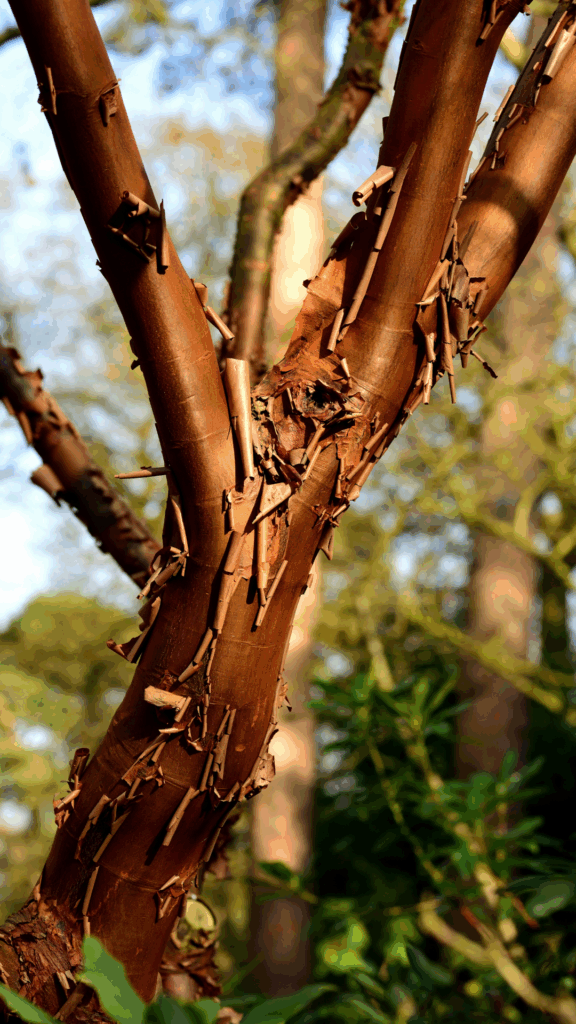
-
Amur cherry (Prunus maackii ‘Amber Beauty’) brings glossy amber-brown bark with a smaller footprint than birch.
-
Want white bark but don’t have room for a towering Himalayan birch? Look for compact forms like Betula utilis ‘Snow Queen’ or columnar types such as Betula pendula ‘Fastigiata’ — elegant and space-conscious.
Stems: Nature’s Highlighters
This is where winter gets playful. Stems are like bright markers scribbled across the garden’s blank page.
-
Red-twig dogwood (Cornus sericea ‘Arctic Fire’) glows cherry-red but stays compact, around 3–4 feet tall.
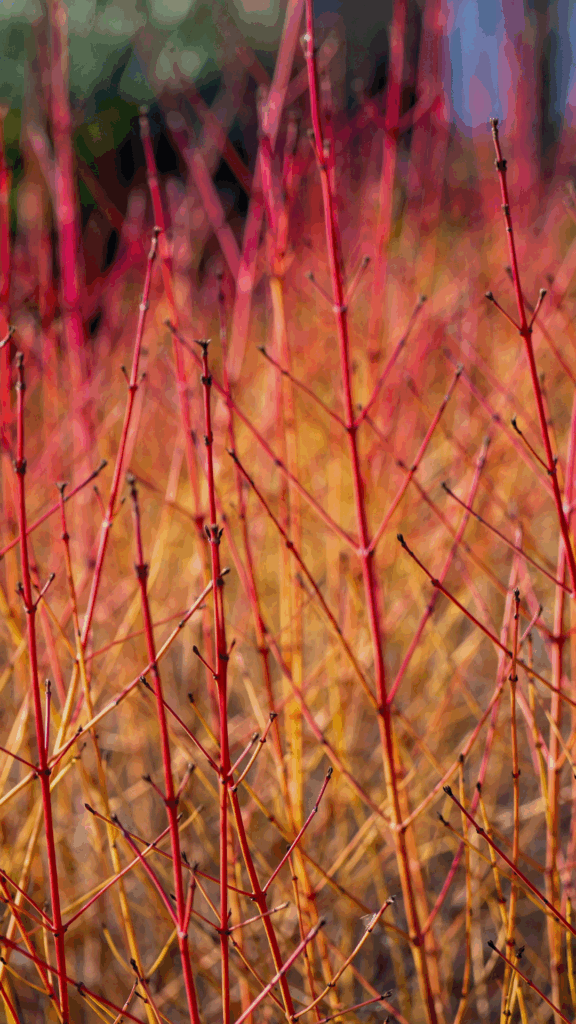
-
Yellow-twig dogwood (Cornus sericea ‘Budd’s Yellow’) beams golden light on gray days without sprawling out of control.
-
Dwarf willows like Salix integra ‘Hakuro Nishiki’ add copper and plum stems on a small shrub that fits neatly into tight gardens.
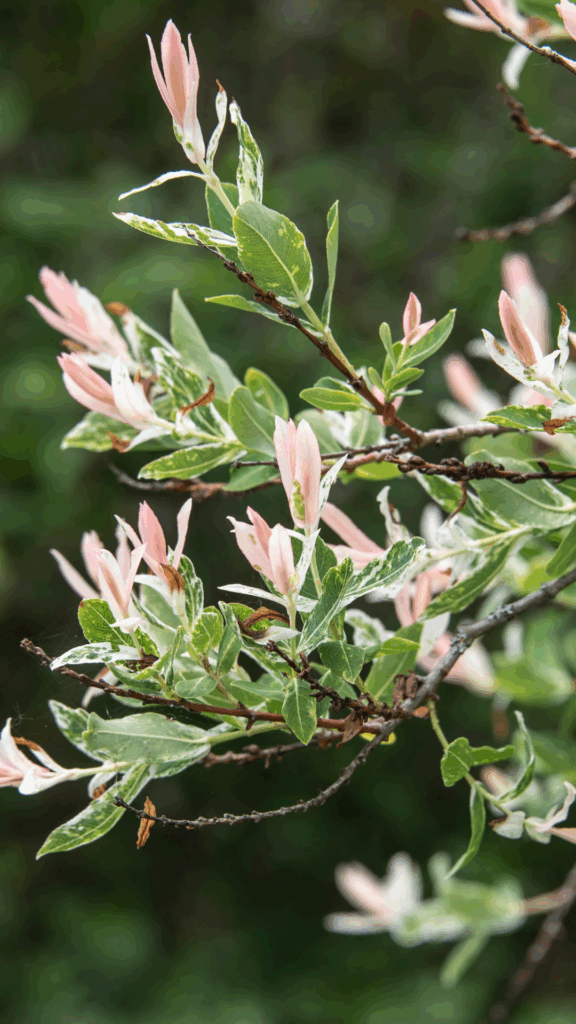
Plant a few together and suddenly winter looks anything but dull.
Containers Count Too
No yard? No problem. Winter color works in pots — as long as you set them up right. Even a single boxwood or dwarf tree in a container can give your space structure all season — we share more design tricks in our post on winter garden structure.
-
Winterberry holly (compact cultivars like ‘Red Sprite’) does beautifully in a large insulated pot.
-
Boxwood keeps its chic evergreen form through snow and ice, and thrives in containers when the roots are well protected.
-
Skimmia japonica and Wintergreen (Gaultheria procumbens) are petite choices for window boxes or porch pots.
-
Dwarf crabapples like ‘Tina’ can light up an entryway — just make sure the pot is very large so the roots don’t suffer.
⚠️ Skip terracotta — it crumbles into pieces after a few freeze–thaw cycles. Go for frost-proof fiberglass, wood, or stone instead.
Key Survival Tips for Containers in Cold Winters
Bigger is better: Large pots keep roots safe; small pots freeze solid.
Choose frost-proof materials: No terracotta heartbreak.
Cluster for warmth: Group pots together or tuck them against a wall.
Water before freeze-up: Moist soil insulates better than dry.
Mulch the top: Pine boughs or bark chips act like a cozy blanket.
Layering for a Winter Glow
The magic happens when you mix these elements together. Picture red-twig dogwoods glowing in front of a white-barked birch, bright berries nestled between boxwood mounds, and purple beautyberry sparkling at the edge of a path. Even in the smallest garden, one well-chosen plant — or a playful pairing of two — can be enough to carry the whole scene. Winter isn’t empty — it’s simply built on structure and accents. If you’d like more inspiration on the bones of a garden, explore our article on winter garden structure.
Finding Joy in the Quiet Season
Winter isn’t just the waiting room for spring. It has its own kind of sparkle, and once you start looking for it, you’ll see color everywhere — in berries, bark, and stems that light up the garden in unexpected ways.
Step outside on a frosty morning and maybe you’ll catch it, too: the quiet glow that proves winter isn’t empty at all. It’s just showing off in a different way.
